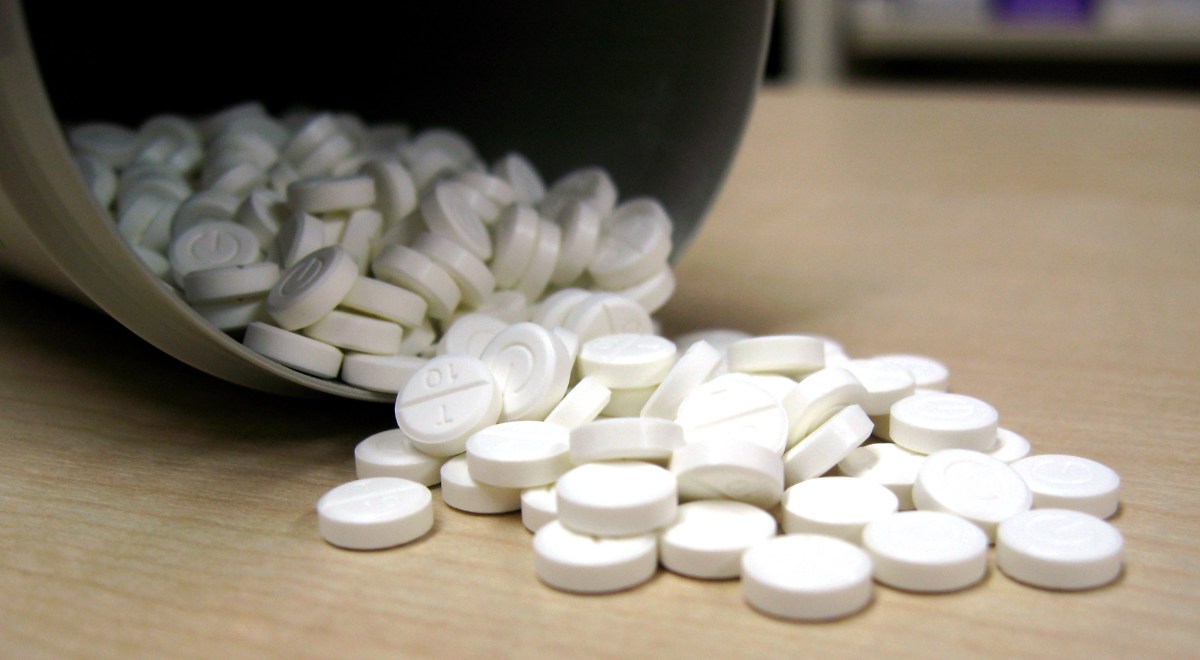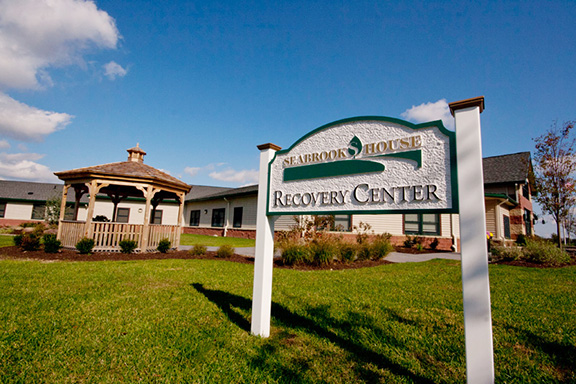In June 2015, Gloucester Police Chief Leonard Campanello faced a growing problem of opioid addiction in his community. Because simply having his officers deliver them to emergency rooms wasn’t working, Campanello tried a different approach. This one required more accountability from his department. He promised that if opioid users came to the police to ask for help, those people would receive it. They did, and it seems to have had an impact, according to a study released Thursday in The New England Journal of Medicine. The comprehensive analysis of the Gloucester Police initiative, called Angel Program, shows that in its first year, 376 addicts asked the department for help a total of 429 times.
About 95 percent of the addicts who requested help were placed into detox or treatment programs. That meant the program was significantly more successful in placing addicts into detox or recovery than hospital-based programs, according to the study’s findings. The journal’s report, called “A Police-Led Addiction Treatment Referral Program in Massachusetts,” was conducted by researchers from Boston Medical Center and Boston University’s School of Public Health. It looked at the Angel Program from inception to through May 2016. In the first nine months of 2016, there were 1,005 unintentional opioid overdose deaths in Massachusetts, according to the state Department of Public Health. Researchers said the program was unusual for its ability to get so many addicts to take part, which they said was a result of the department’s approach.
“The first remarkable thing is that they came,” said David Rosenbloom, a professor at BU’s School of Public Health who co-wrote the report. “[The] officers were regarded by the participants in the program as the first people who had ever treated them with respect and with no stigma.” Rosenbloom has been studying addiction for three decades. He called the Gloucester Police initiative “the single best idea that came along and changed the game.” The program has since been replicated in some way by more than 150 police departments in 28 states. “The key to getting someone with an addiction into treatment is to take advantage of a moment when they are asking for help,” he said. “If you do not take advantage of that moment, the moment passes and they slip back into that addiction. The cops were there 24/7.” Most hospital emergency rooms are busy places and addicts who seek help there often end up back on the street hours later, Rosenbloom said. The “burden” of getting an addict into treatment has most heavily relied on family and friends before the Angel Program. Rosenbloom said hospitals and other health centers need to “step up their game.”
“The system now operates on the schedules of the providers, not the schedule of the patients,” he said.
Rosenbloom is also a founding board member of the Police Assisted Addiction and Recovery Initiative. That initiative was set up by Campanello and John Rosenthal, a businessman. Campanello was allowed to retire in October from the department amid accusations he had tampered with an investigation into his relationships with women. The recovery initiative was created as a way to support and encourage Gloucester Police and other departments that wanted to do something similar to help.
Rosenbloom and his researchers will continue to conduct followup interviews with the study participants who received treatment help from the Gloucester Police Department to track their progress.
Frederick Ryan, who leads the recovery initiative’s police council, said in a statement, “recovery begins in the community.”
Ryan, who is also chief of the Arlington Police Department, added, “Police officers do not get to pick and choose who they help, and that puts us in a position to make a major impact on the heroin and opioid epidemic. I am very encouraged by the results in the New England Journal of Medicine, which clearly indicate that our efforts are making a tangible difference in people’s lives.”
Gloucester Police program helps nearly 400 addicts in first year

Wikimedia Commons


















